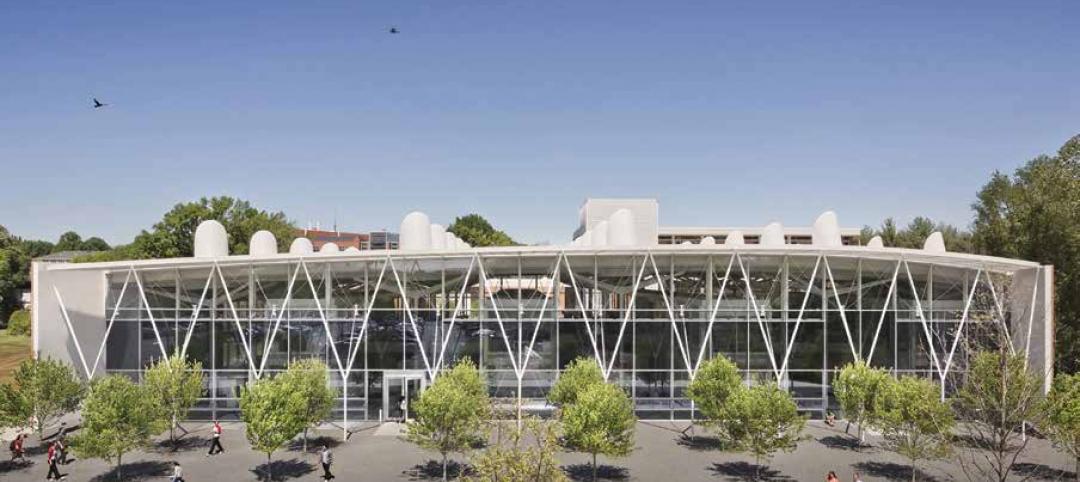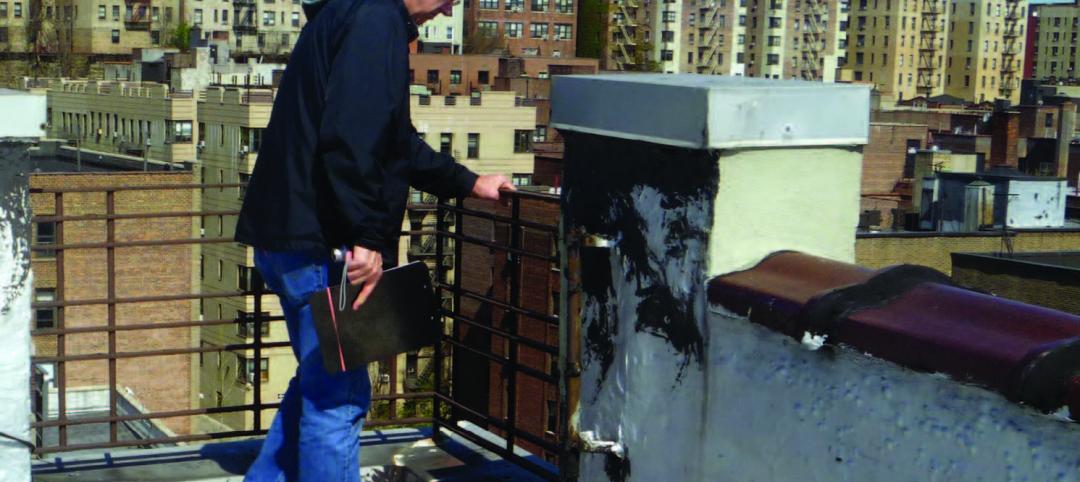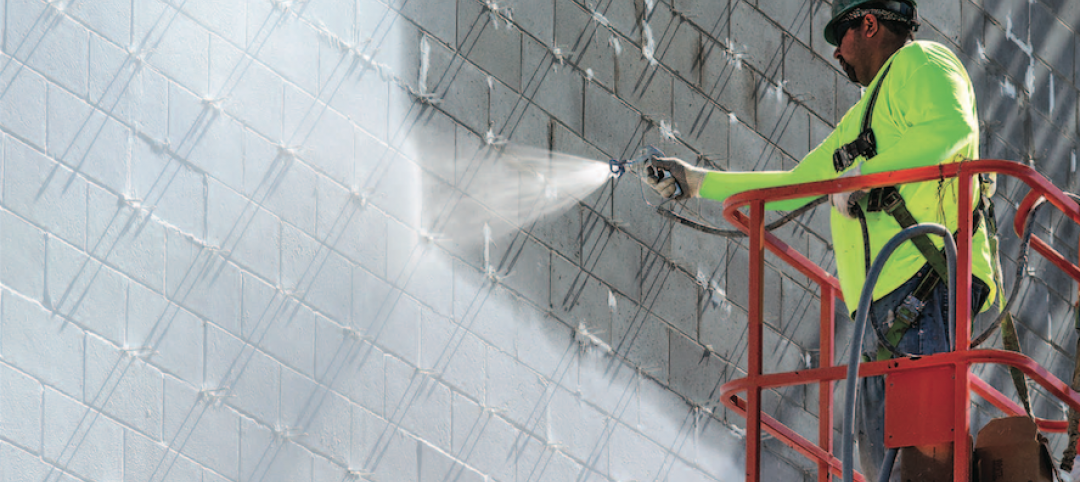The U.S. is in the midst of an urban renaissance. People are returning to cities, sparking new investment and growth. This renewed interest in cities coincides with increasing pressure to address current challenges, including climate change and deteriorating infrastructure, and to repurpose former industrial sites and underused land in older urban centers.
Since 1987, the Rudy Bruner Award for Urban Excellence (RBA) has recognized seminal projects that demonstrate the ability of such developments to integrate ambitious social agendas. Collectively, the RBA awardees illustrate the contributions that design makes to the economic, environmental, and social vitality of cities and provide insight into urban evolution and the impact of thoughtful planning and design.
The RBA process has revealed five common attributes of transformative development in urban placemaking: the role of visionary leadership; the value of collaborative partnerships; the benefits of engaging and empowering communities; the importance of anchoring projects in their unique culture and place; and the return on investment of design excellence.
Two recent RBA medalists illustrate how developers and designers are tackling big urban challenges via investment in “urban infrastructure.” Together, these efforts are helping to create and sustain equitable, healthy, and socio-economically vibrant cities.
Learning Objectives:
Upon completion, participant will be able to:
• Describe examples of urban development that contribute to the economic, environmental, and social vitality of cities.
• Identify common characteristics and lessons learned from exemplary urban projects.
• Describe the role of visionary leadership and collaboration in creating places that promote inclusiveness and equity.
• Describe how innovative public private partnerships and investment can facilitate access to resources and empower and regenerate communities.
TAKE THIS AIA COURSE AT BDCUNIVERSITY
Related Stories
BD+C University Course | May 24, 2018
Accommodating movement in building envelope materials [AIA course]
We may think of the building envelope as an inanimate object, but in reality its components can be quite mobile. This AIA CES course is worth 1.0 AIA LU/HSW.
BD+C University Course | May 24, 2018
Building passively [AIA course]
17 tips from our experts on the best way to carry out passive house design and construction for your next multifamily project. This AIA CES course is worth 1.0 AIA LU/HSW.
BD+C University Course | Apr 12, 2018
Meeting the demand for high-efficiency façades [AIA course]
On a national scale, the impetus to improve building energy performance is manifest in the latest and most far-reaching model energy code from the International Code Council.
BD+C University Course | Jan 2, 2018
The art and science of rendering: Visualization that sells architecture [AIA course]
3D artist Ramy Hanna offers guidelines and tricks-of-the-trade to ensure that project artwork is a stunning depiction of the unbuilt space.
BD+C University Course | Aug 23, 2017
AIA course: New steel systems add strength and beauty
Advances in R&D are fostering new forms of structural and aesthetic steel.
Building Enclosure Systems | Jul 26, 2017
Balcony and roof railings and the code: Maintain, repair, or replace? [AIA course]
Lacking familiarity with current requirements, some owners or managers complete a roof or balcony rehabilitation, only to learn after the fact that they need to tear noncompliant railings out of their new roof or terrace and install new ones.
Building Enclosure Systems | Dec 12, 2016
The 100-year enclosure: Strategies for heat-air-moisture control
Should institutional and commercial buildings be built to last 100 years? Why not? There are plenty of examples that have performed well for a century or more.


![Urban placemaking: Building equity by design [AIA course] Urban placemaking: Building equity by design [AIA course]](/sites/default/files/Rudy%20Brunder%20project.jpg)
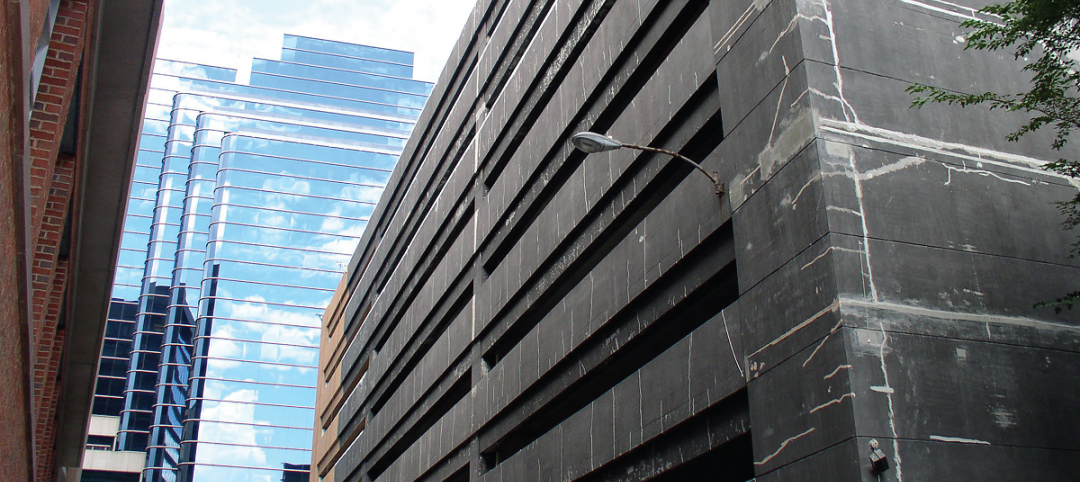
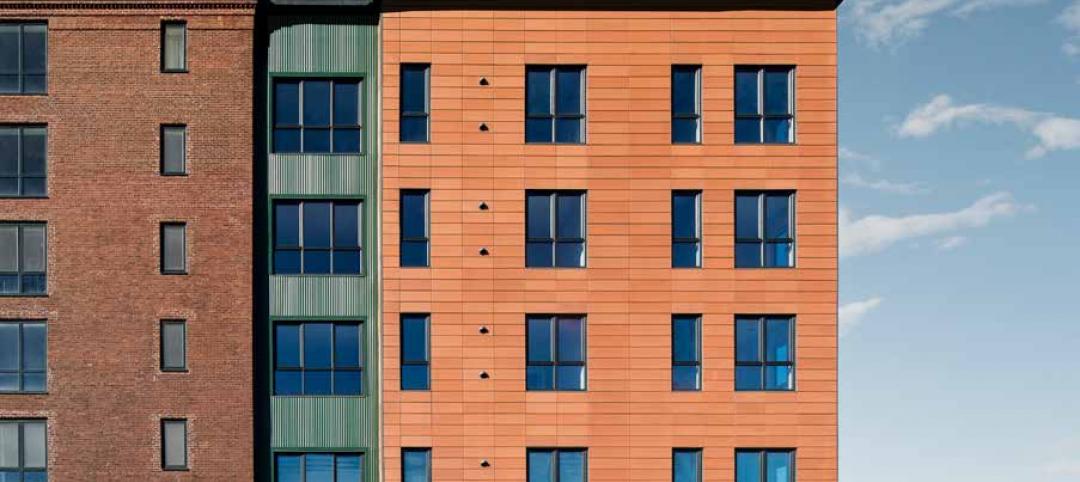
![Meeting the demand for high-efficiency façades [AIA course] Meeting the demand for high-efficiency façades [AIA course]](/sites/default/files/styles/list_big/public/AIA_BDC1217.jpg?itok=SOjPFpxR)

